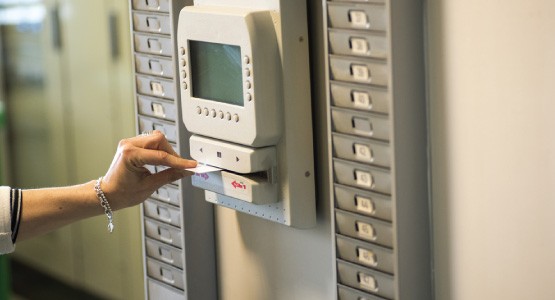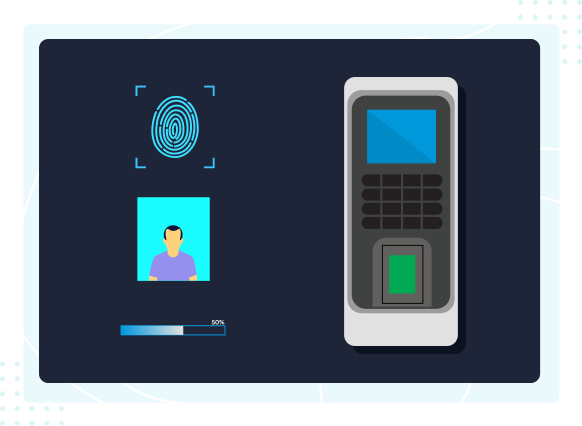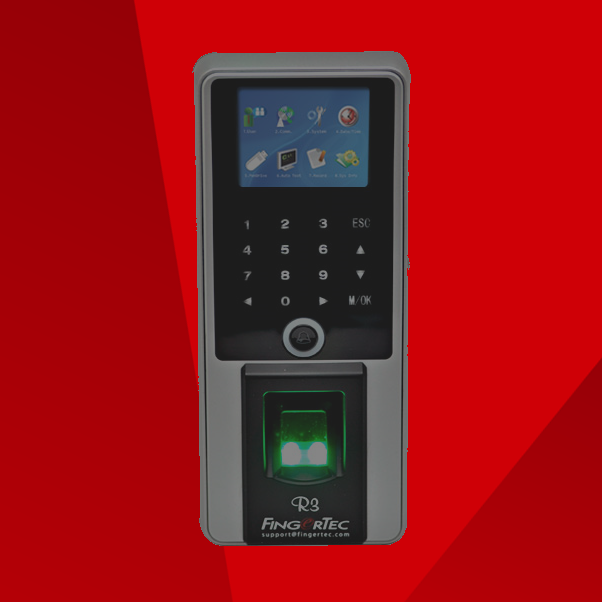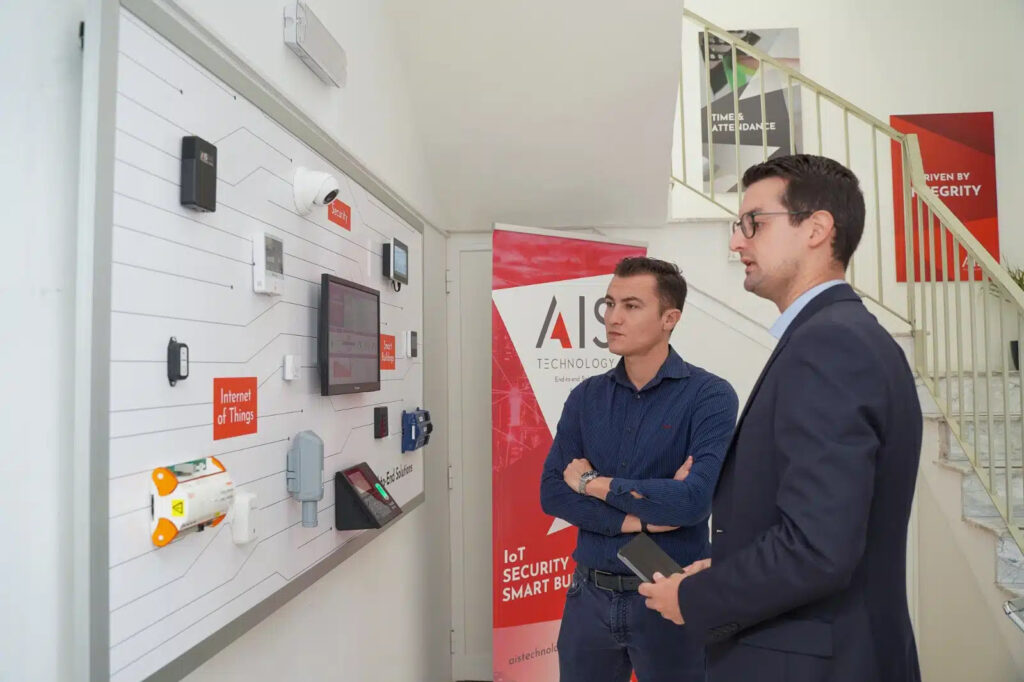Efficient time and attendance management is crucial for organisations aiming to streamline operations and optimise productivity. The advent of biometric punching solutions has marked a significant shift from traditional clocking systems, offering a range of benefits that enhance accuracy, security, and convenience. Let’s delve into the differences between biometric punching and traditional clocking, highlighting why many businesses are transitioning to this advanced technology.
Traditional Clocking Systems: The Conventional Approach
Traditional clocking systems have been the backbone of workforce management for decades. These systems come with several limitations:
– Human Error: Manual entries can lead to inaccuracies. Such as, missed punches or incorrect data entry.
– Buddy Punching: Employees can clock in or out on behalf of others, leading to time theft and payroll discrepancies.
– Maintenance: Physical cards and machines require regular maintenance and replacement, adding to operational costs

Biometric Punching Systems: The Modern Solution
Biometric punching systems leverage unique biological traits to verify an employee’s identity, ensuring precise and secure time tracking. AIS Technology’s biometric methods include:
– Fingerprint Readers: Employees scan their fingerprints to clock in and out.
– Facial Recognition: Cameras capture and verify employees’ facial features.
– Hand Readers: Identify individuals based on the unique features of their hand.

These advanced systems offer numerous advantages over traditional methods:
– Enhanced Payroll Accuracy: Biometric systems provide precise and accurate data capture, ensuring that employees are paid accurately for the exact hours they work. This reduces payroll errors and disputes, fostering a fair and transparent workplace environment.
– Environmental Benefits: Biometric systems are paperless and digital, significantly reducing paper waste and contributing to eco-friendly business practices. This aligns with the growing emphasis on sustainability in the corporate world.
– Adaptability: Biometric systems are highly adaptable and scalable. Whether you’re expanding to new locations or increasing your workforce, these systems can be easily scaled to meet your evolving needs without significant additional investment.
– Enhanced User Experience: Biometric systems are designed with user experience in mind. The quick and seamless clock-in/out process improves efficiency and satisfaction among employees, making attendance management an easy-going experience.
Why Choose AIS Technology’s Biometric Punching Solutions?
AIS Technology offers state-of-the-art biometric punching solutions designed to meet the diverse needs of modern businesses. The systems are tailored to provide:
– Customisable Solutions: AIS Technology understands that each organisation is unique. Our biometric systems can be customised to integrate seamlessly with existing workflows and attendance policies.
– User-Friendly Interfaces: Designed with the end-user in mind, AIS Technology’s biometric systems are easy to use, minimising the learning curve for employees.
– Robust Support and Maintenance: AIS Technology provides comprehensive support and maintenance services, ensuring that their systems remain reliable and efficient over the long term.
– Scalability: Whether you’re a small business or a large enterprise, our solutions can scale to accommodate your growth and evolving needs.

Conclusion
In conclusion, the transition from traditional clocking systems to biometric punching is more than just a technological upgrade. It’s a strategic move toward enhancing accuracy, security, and operational efficiency. As businesses continue to navigate the challenges of workforce management, adopting biometric solutions can lead to a more streamlined, secure, and cost-effective approach to time and attendance tracking. Embrace the future of workforce management with biometric punching and witness the transformative impact on your organisation.
